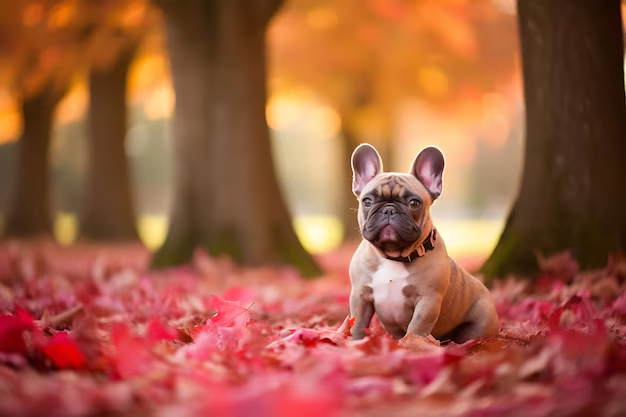
As the seasons change, so do the needs of our pets. Whether it’s the sweltering heat of summer, the chill of winter, or the allergens of spring and fall, each season presents unique challenges for keeping our furry friends healthy and happy. This guide provides seasonal wellness tips for various types of pets—dogs, cats, small mammals, and more—to ensure they stay in peak condition throughout the year.
Spring is a time of renewal, but it also brings a wave of allergens and other challenges for pets.
Summer brings fun in the sun, but it also requires extra precautions to protect pets from the heat.
As the weather cools down, it’s important to prepare your pets for the changing conditions.
Winter can be a challenging time for pets, especially those that are not naturally suited to cold climates.
Regardless of the season, some wellness practices should be maintained throughout the year:
Caring for your pet’s seasonal wellness is an ongoing commitment that requires attention to their changing needs throughout the year. By following these seasonal tips and adjusting your pet care routine as the weather changes, you can help ensure that your furry friends stay healthy, comfortable, and happy year-round. Whether it’s keeping them cool in the summer, warm in the winter, or protected from allergens and pests, a little extra care goes a long way in safeguarding your pet’s well-being.
Contact Scoopy Doo Pros today to learn more about our residential poop scoop, sanitizing, and turf correction services. Let us handle the dirty work so you can focus on enjoying your outdoor space with your furry friend!

Copyright © Scoopy Doo Pros
This website brought to life by Lobster Ferret.